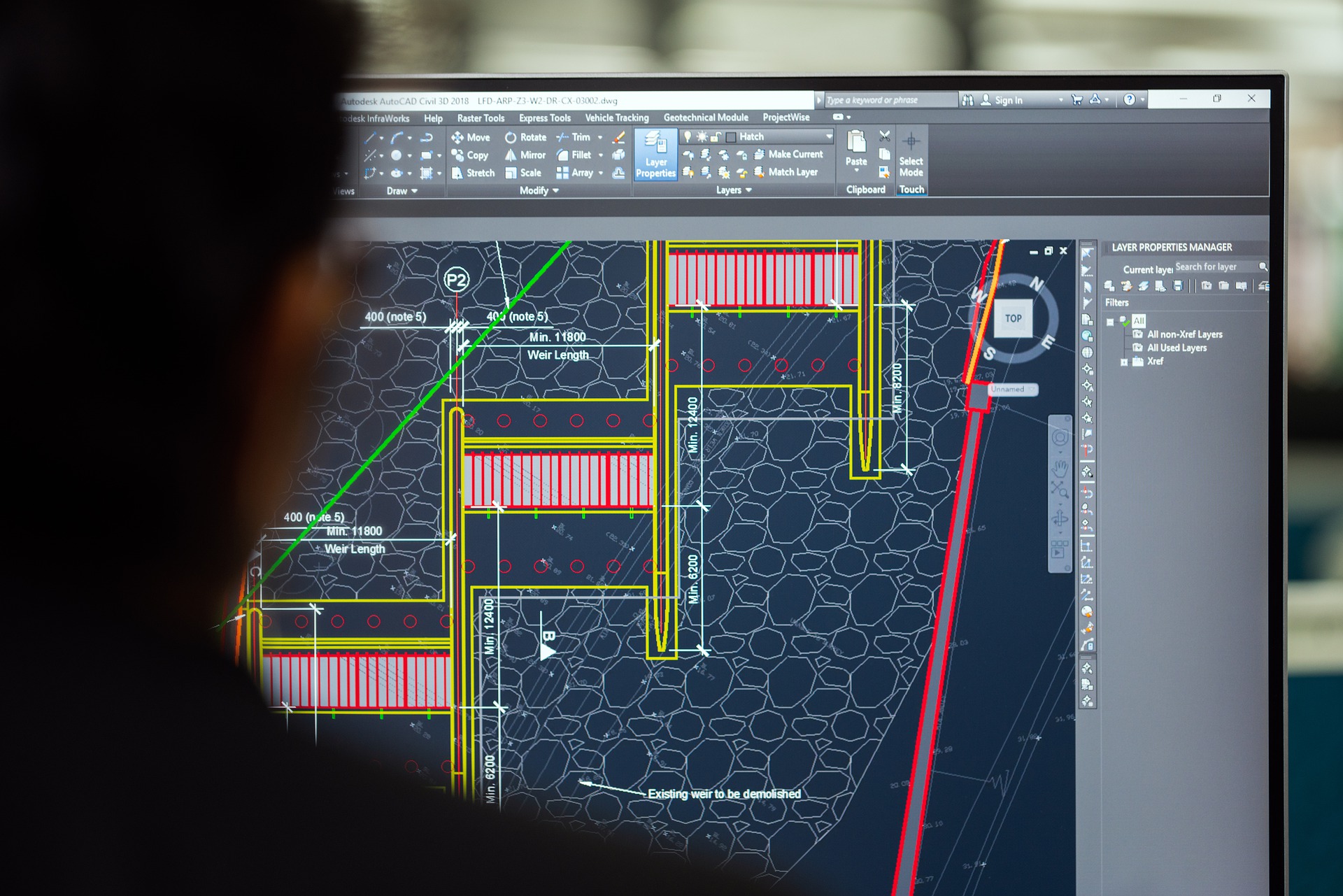Linguistic accuracy is not the only thing that matters in translation. Each document has its peculiar format and design that should be preserved. This is exactly what DTP deals with: margins, headers, text blocks, uneditable images, tables... and so much more.
The main translator’s guiding principle says: a final text should be a flawless reflection of a source document. Nowadays, various digital graphic design tools make it easier to follow the principle. However, the layout still poses many challenges.
Linguistic Correlations
Languages are not identical spatially. English words require 30% less place comparing to the French, Spanish and Italian ones. Long and complex German words can replace a whole phrase, while Chinese and Japanese characters require more vertical space, as they are taller than Latin letters. This means relevant changes should be made in page margins, line spacing, etc.
Graphics
Documents may include visual elements with low-resolution or uneditable text. You cannot just leave it as is. So, here comes a DTP magician with a solid understanding of both translation and digital design tools and techniques. Such issues cannot be resolved without professional assistance.
Cultures
DTP implies localization as well. For example, Arabic texts should be read from right to left, so text formatting, tables, and all graphic elements must be reversed too. Pictures, symbols, or colors that could be confusing in some cultures should be removed or properly replaced.
The professional translation goes far beyond substituting words in one language for words in another. It is also about design and layout, which greatly contributes to the accuracy and quality of the final product. This is a notable benefit from working with such language service providers as translation agencies, Lingvista in particular. We deliver full-cycle translation services, layout included.

